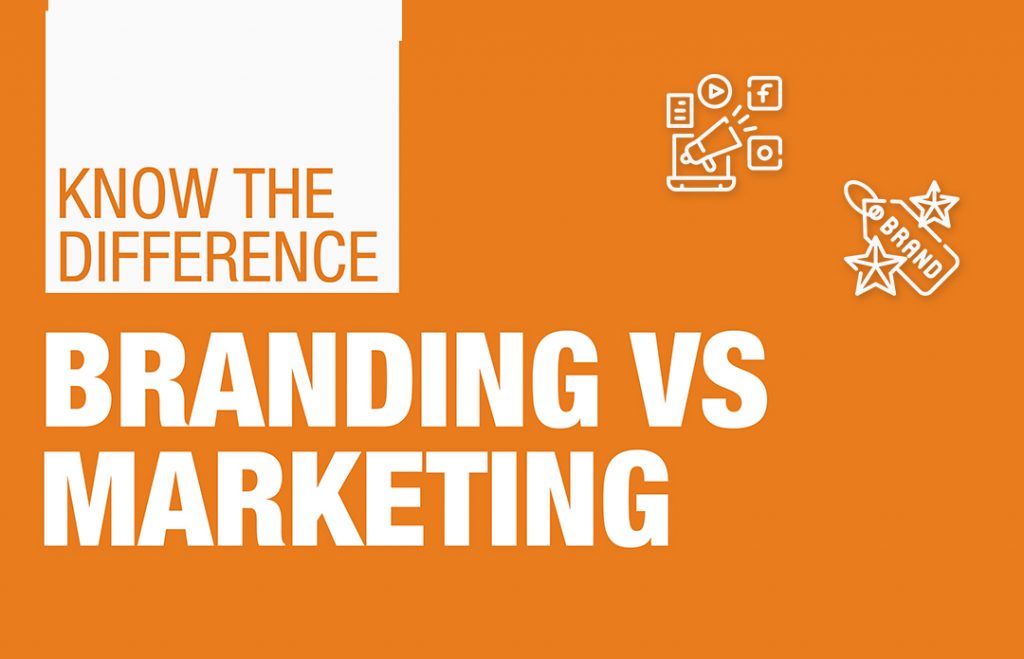No matter which industry or sector you operate in, you’re most likely battling the competition for customers or market share. This means that you need to get your name and brand in front of potential customers to be successful. That’s why knowing the difference between branding vs. marketing and using them both to your advantage is crucial.
However, once you’ve gained their attention, you must maintain customer loyalty.
In this blog, we’re going to take a closer look at:
- How does branding and marketing work for you.
- Why it’s essential to know the difference between branding and marketing.
- Actionable branding and marketing examples.
- How to incorporate actionable examples in your overall branding and digital marketing.
Is Branding Part of Marketing?
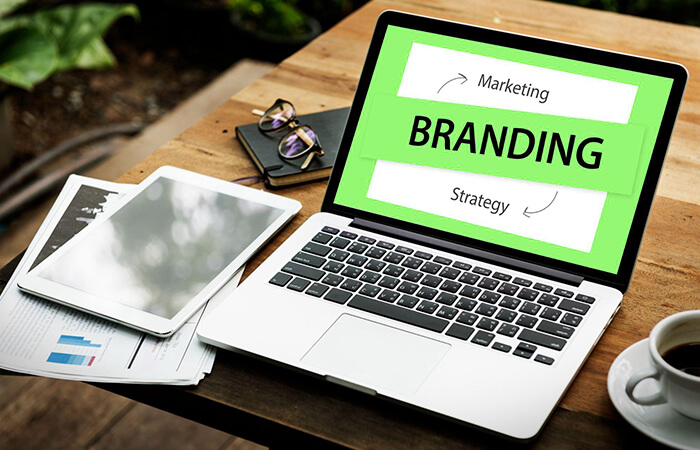
Your branding can be considered an aspect of your overarching marketing strategy. On the other hand, your branding can significantly influence how you market to your target audience. Your digital marketing plan can be a result of your branding.
If you’re building a business, whether it’s from the ground up or giving your existing one a facelift, you’ll be hit with a ton of buzzwords, particularly when you get into the aspects of branding vs. marketing.
Many people who haven’t worked on branding and marketing specifically may find it challenging to keep it straight and pile it all together under a single term. In reality, branding and marketing are two very distinct and different aspects of your efforts to engage the audience at large.
Therefore you must know the difference between the two to build a successful branding and marketing strategy.
Difference Between Branding and Marketing?
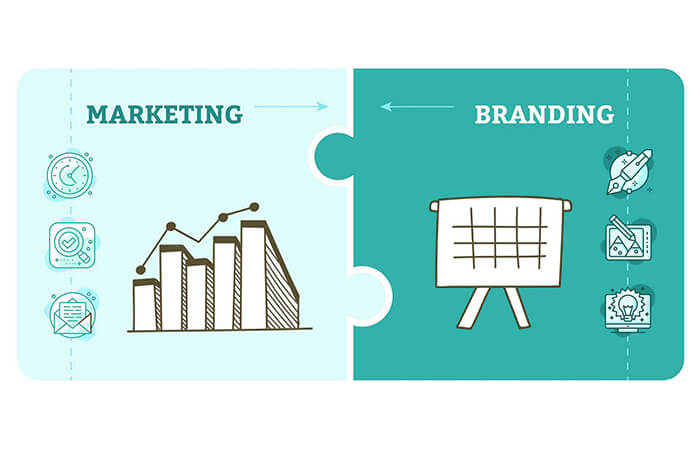
An overall marketing plan consists of tools, plans, processes, and methods used to promote or advertise a product or service of a business. Marketing is done to connect better with your target audience. It also deploys a call to action (CTA) or another type of drive towards sales conversion or revenue capture.
The purpose of marketing campaigns is to help customers identify your company as a source for their solutions. It’s the catalyst that helps create a new relationship between a company, brand, and target customers.
The branding or brand identity of your company, on the other hand, is how you’re playing a role in actively shaping the brand and its public image.
Branding helps define brand values on a more relatable level to its audience and often has components such as the company’s vision and mission statement.
The purpose of branding is to give your company brand personality, a voice, and a way to stand out, be unique, and, most importantly, be recognizable.
Other important facets of a solid brand strategy are public-facing elements like your logo design, color schemes, website, and other brand-style guidelines and indicators.
To give the branding vs. marketing overview a simple metaphor, if your brand were a performance car, your branding efforts would revolve around what makes that car unique. Its make, model, engine, and other recognizable features shape your car’s reputation.
Your marketing, however, would be any advertising that you do to build excitement for your car in your customers and get them ready to take a ride and sign on the dotted line.
10 Differences Between Branding and Marketing
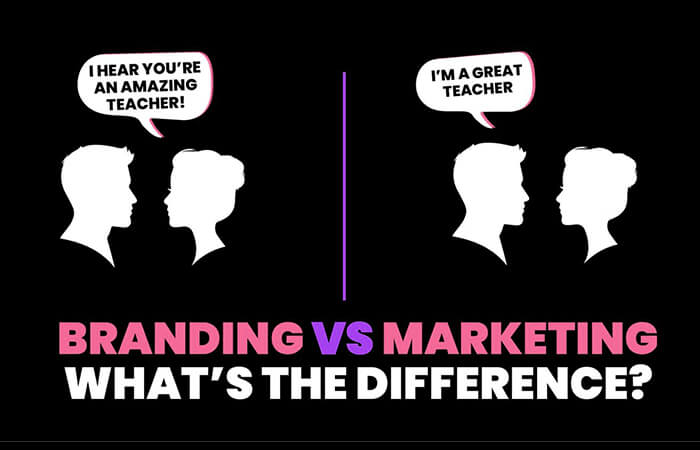
The constant comparison, synergy, and even co-dependence of branding vs. marketing are long-standing and not likely to diminish in the near future. There are goals that both share. Goals that are unique to each, making them both crucial to well-functioning and smoothly-running organizations.
Therefore, it’s important to understand the differences between marketing and branding so a business can leverage each in an effective way to engage their audience, attract new customers, drive revenue, and increase loyalty.
Here are 10 differences between branding and marketing that affect how they benefit your business:
| Marketing | Branding |
| Marketing is less crucial to survival than branding | Branding is more crucial to surviving than marketing |
| Marketing draws customers | Branding will help keep customers |
| Marketing strategies will change and evolve | Branding is constant |
| Marketing strives to be transactional | Branding is static |
| Marketing drives sales | Branding drives loyalty |
| Marketing influences your customers | Branding impacts your organization internally as well as externally |
| Marketing cannot drive branding | Branding can drive your marketing |
| Marketing plans may be forgotten | Branding serves as your core recognition point with your audience |
| Marketing focuses on short-term | Branding grows long-term relationships |
| Poor marketing can cause a company to fail through stagnation | Poor branding ensures nobody will miss them once they cease to exist |
Branding vs Marketing Examples
A branding and marketing strategy differs significantly. Each of them serves an essential purpose for your company in the present and the future. Since marketing and branding are often confused, here are several real-world examples that help you differentiate between them and their implementation.
Marketing Examples
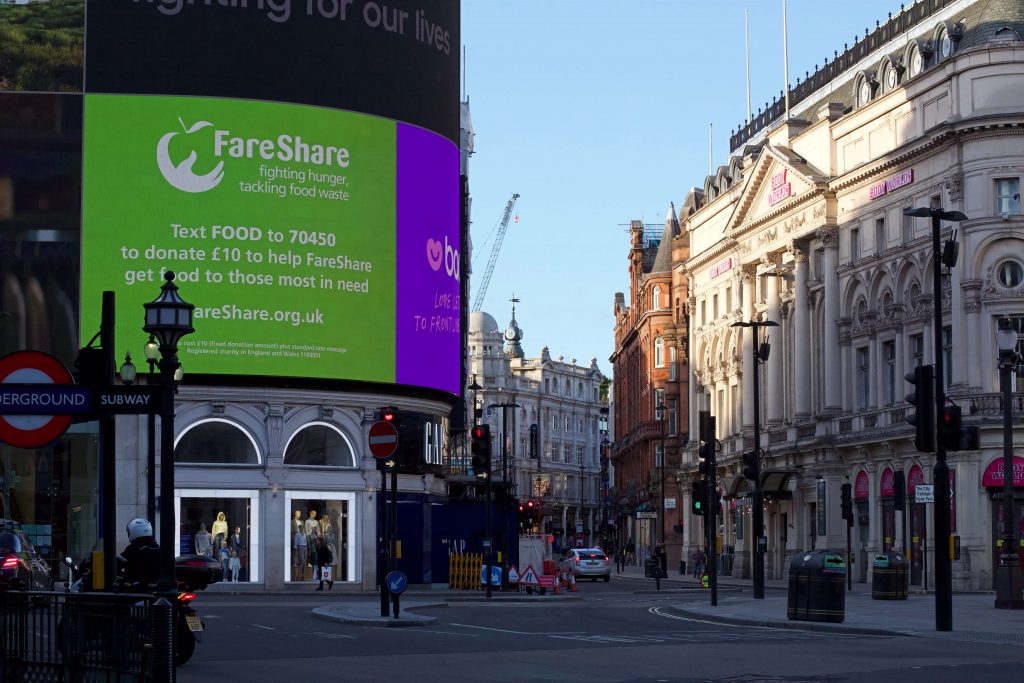
1. SEO
SEO, or Search Engine Optimization, is one of the most common ways that modern companies engage in marketing, and it’s one of the most important. Huge portions of traffic and sales conversions come from organic search results, and when companies leverage that in their favor, it can lead to record-breaking growth.
2. Advertising
Advertising in all its forms is a classic example of marketing. A modern company has a variety of advertising channels from which to choose, and their ads can be specifically targeted for the most conversions and the greatest return on investment (ROI). It’s commonly done through PPC or pay-per-click ads on internet platforms like social media and websites.
3. Media
Companies commonly engage with the media as a form of marketing. They also leverage or spin trendy media coverage to inspire clicks and greater exposure for less than the cost of advertising. This can put their name in front of countless people. However, it may not always be your standard target audience.
3. Promotions & Contests
Promotions and contests are still relevant ways to attract potential customers, especially on the internet. Social and live stream media have allowed companies to hold promotions with participants anywhere in the world as long as they have a smartphone. In addition, these contests often see live viewership numbers in the thousands and can be shared in media feeds, sometimes even going viral.
4. Sales Calls
Sales calls are one of the oldest forms of marketing, but they are also one of the most consistent in producing results. Most people hate unsolicited telemarketers, but intelligently implemented sales calls can help follow up on existing customers to build relationships and potentially win back lost customers.
Branding Examples
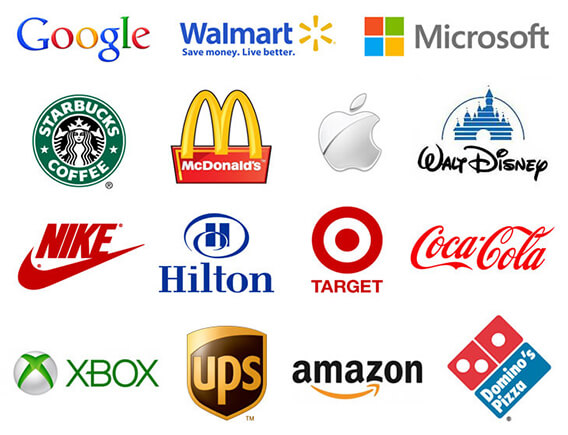
1. Logo & Colors
Your logo is essential in making your company memorable. The biggest names in the world are instantly recognizable through their logo. Even the colors chosen for your logo strongly impact your audience.
2. Taglines
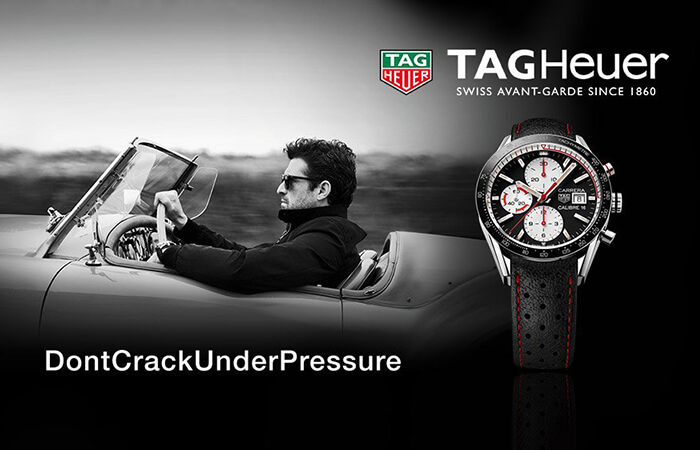
A tagline is a phrase that comes to mind when someone mentions a particular company. There are famous slogans and taglines that we instantly recognize or recall upon hearing the brand name, or brands that can be named by only hearing a few words of their motto, for example, Loreal: ‘Because you’re worth it’ or Nestle: ‘Good food, Good life!’ The tagline is only slightly behind the logo in terms of brand importance.
3. Personality & Voice
The way you communicate and engage with your audience depends on your brand’s personality and voice. Its most prominent application is how you position your brand on social media, public relations documents, and customer service.
Moreover, every update your company posts on social platforms, every photo they tag, every video they create, and every interaction becomes part of their personality and voice.
4. Packaging

Although packaging will most likely have your logo and primary colors, it’s now beginning to be a deciding factor for consumers when choosing the companies they want to do business with. Due to climate change, customers are increasingly opting for companies that use sustainable packaging or other eco-friendly products and practices.
It’s frequently seen as part of the overall goals, voice, and personality, with businesses that adopt sustainable materials seen as more sensitive and responsible.
5. Ongoing Content

The ongoing content of your company is the standard offerings of your products or services. The products, services, and solutions you offer daily make up a significant part of your overall brand and business image.
Your “regular menu” will be what you become known for eventually. And while you may advertise those products or services as part of your marketing strategy, they become an essential part of your branding and organizational identity.
How Branding & Marketing Work Together
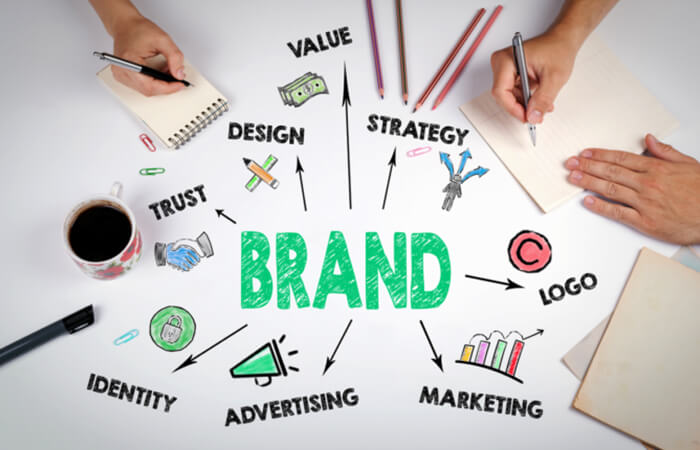
A brand strategy and marketing strategy cannot operate in a vacuum. They must work together to function optimally and effectively. Branding and marketing are two separate elements of a successful business. In ideal circumstances, they will contribute to the success of the other.
While someone on the street may see your logo or packaging in a store, that small and brief exposure to only the most basic information about your company is rarely enough to spark any significant interest.
In most cases, unless your logo is stunning and evocative, people probably aren’t going to stop in their tracks to look you up. This is where your marketing strategy is going to pick up the slack.
Marketing will use the leverage of your branding as a foundation. Your marketing strategy will highlight the services and solutions your brand offers and some of the traits and details of those solutions. People will then be more aware of your brand.
Remember, powerful branding can make your marketing ROI far more effective.
Focus On Branding vs Marketing Is A Give And Take
As your business grows and develops, both branding and marketing will play an increasingly important role. Nevertheless, the proportion of each required and the level of focus differs depending on the stage, competition, and your business size.
The most crucial thing to develop for a new business is a consistent, clear, and compelling brand. Only then can an effective marketing plan engage the audience and become successful.
On the other hand, well-established companies with mature brands typically only need to focus on keeping their branding clear and relatable. Their focus is more on letting their marketing efforts work for them.
Understanding the Difference Between Branding and Marketing is Crucial for your Business

Knowing the difference between branding and marketing can be the ultimate difference between success and failure for your business.
While marketing and branding do work hand in hand, leveraging them in the wrong way or without a clear-cut goal and strategy in mind can waste your time and crucial marketing budget. It can even result in the slowing down or pausing of organizational growth, putting your business in a vulnerable position.
Remember, your marketing will be the primary driving force behind your sales. It is your branding that gives your brand a strong direction and meaning. Therefore, your entire marketing framework should be built around your branding strategy and should leverage its success to boost revenue and growth.
Before We Part.
While these points help improve marketing theory, they are much harder to execute. In most cases, most clients have already tried various branding and marketing techniques to little effect.
Therefore, it’s best to work with the right partner that understands marketing as well as you know your business. We’re a branding and marketing company that has helped thousands of clients craft marketing and branding strategies that have driven successful results for them.
Today, we serve as a launchpad for startups and a branding partner for businesses all across the USA. Schedule a 10-minute discovery call with us and gain a roadmap of how TechNerds can take your branding and marketing to the next level!
Schedule Your Consultation now!


